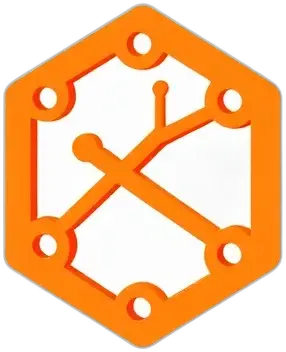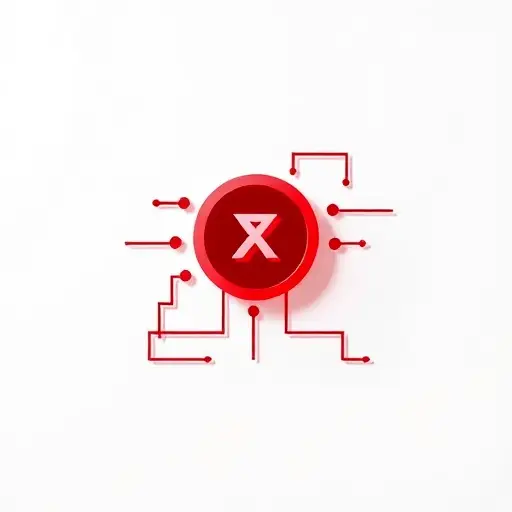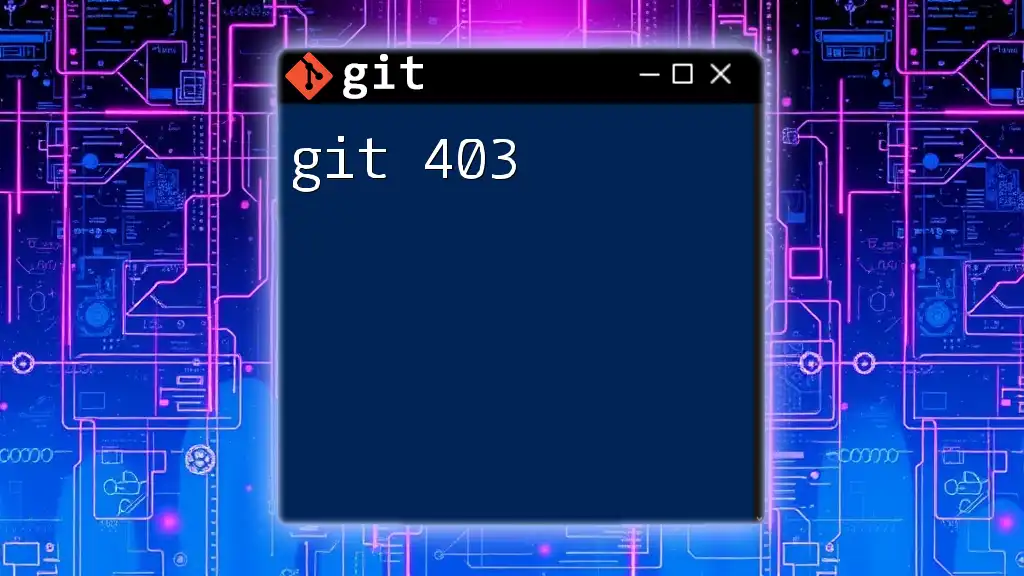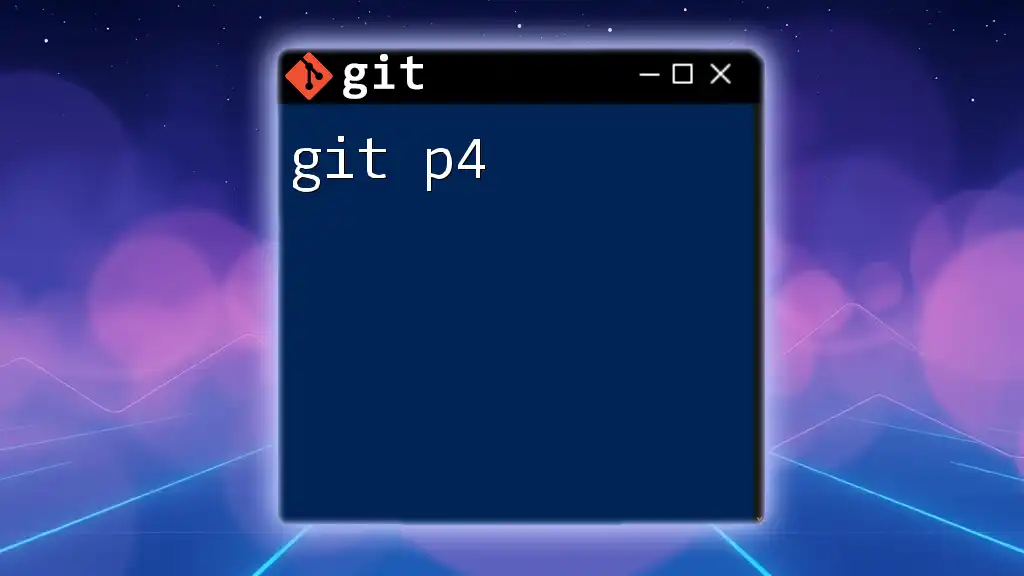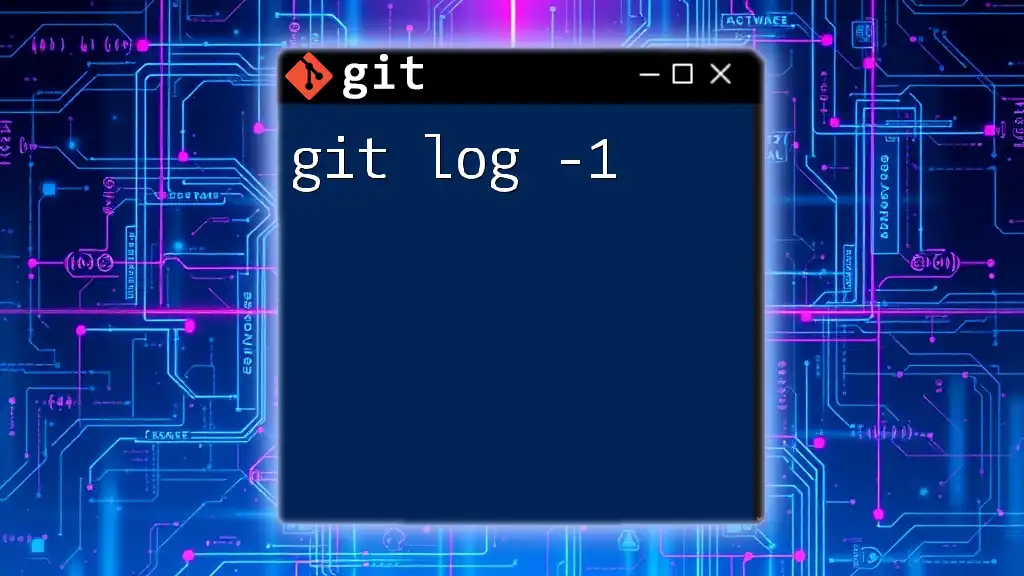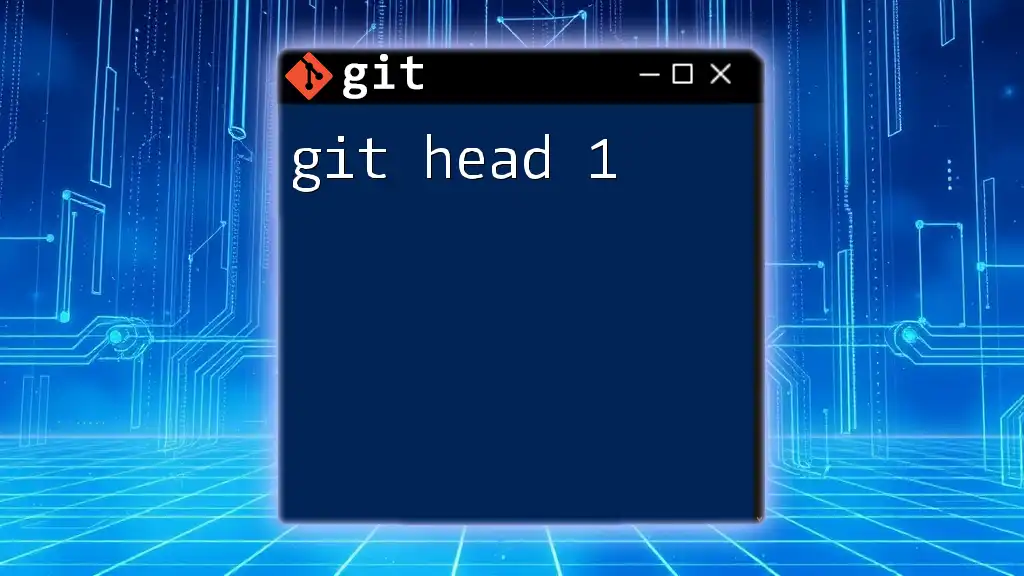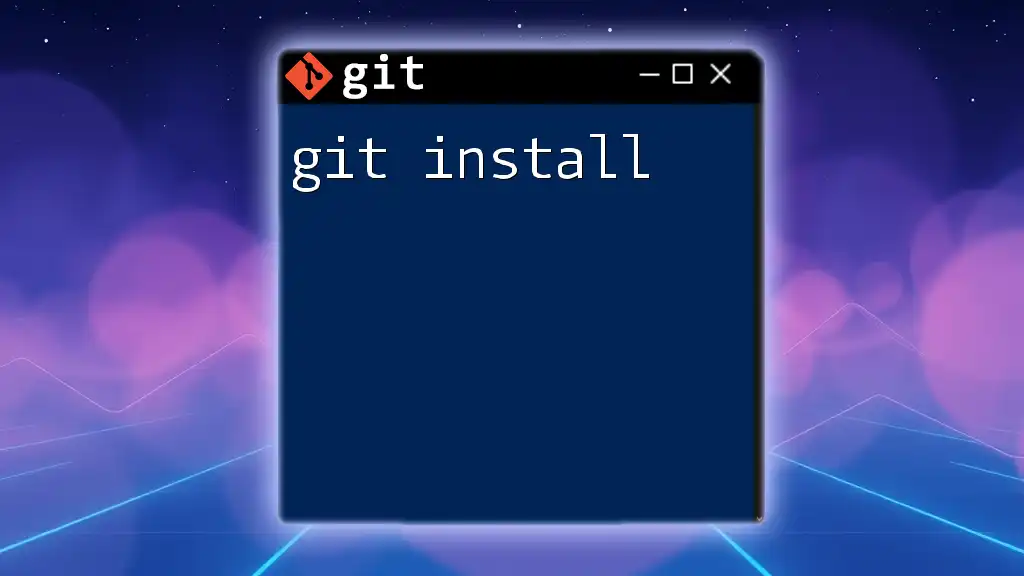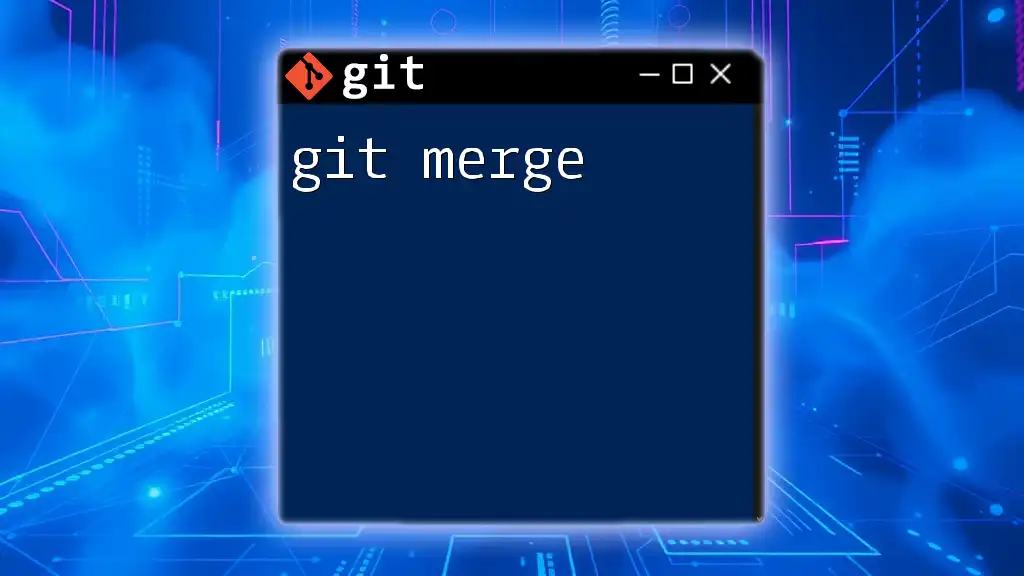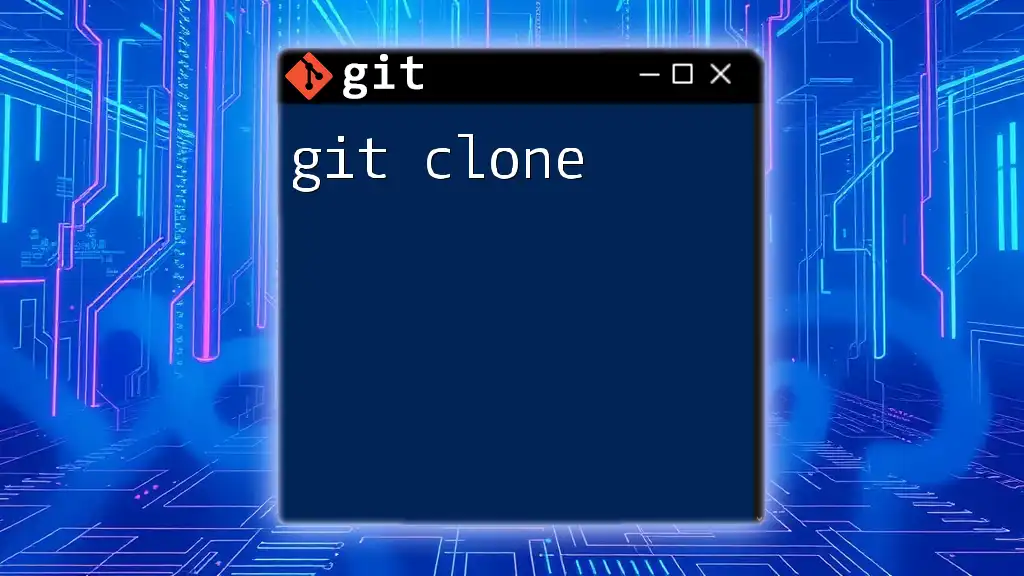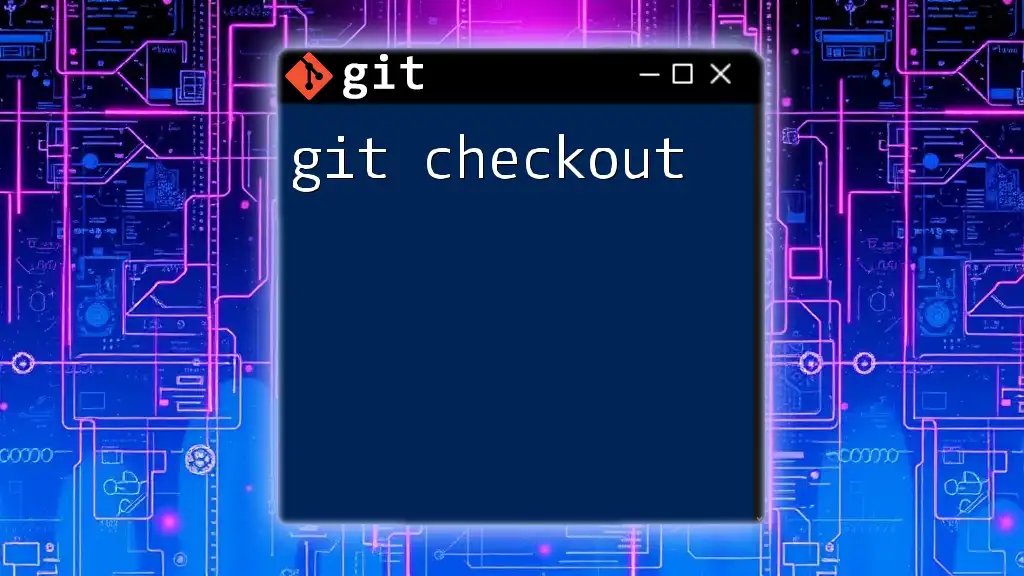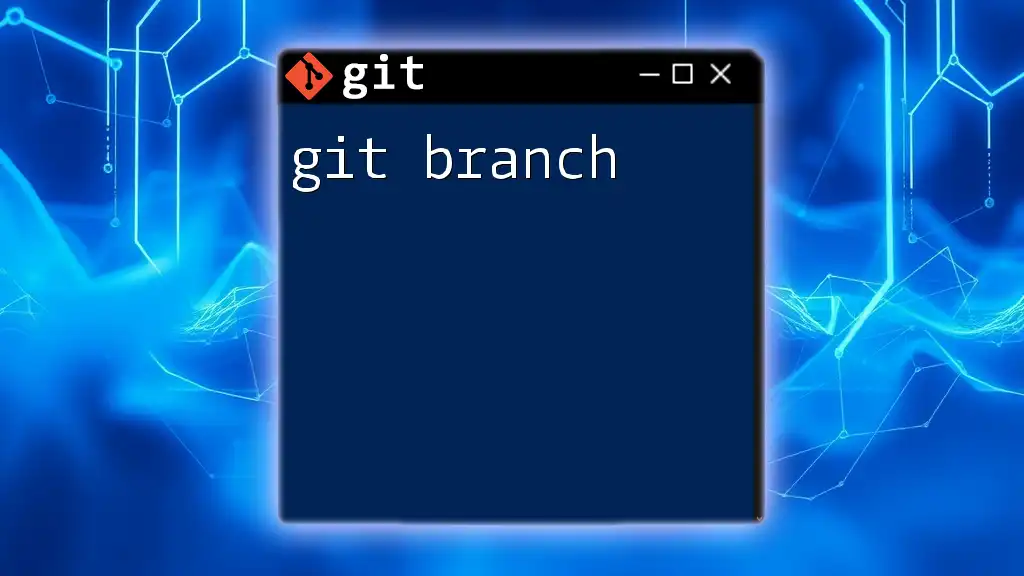Git 2.45.1 is a specific release of the Git version control system that includes various enhancements and bug fixes to improve user experience and performance.
Here's a basic command example to check your current Git version:
git --version
New Features in Git 2.45.1
Major Changes
One of the standout aspects of git 2.45.1 is its robust performance improvements. Users can expect faster operations across various commands. These enhancements can be crucial for large projects, where efficiency is key. For example, many users have reported significant reductions in the time it takes to execute commands such as `git status` and `git log`, which can greatly improve productivity during code reviews and collaborations.
In addition, git 2.45.1 introduces support for new file formats. This enables developers to accommodate emerging technologies and file types, thus broadening the scope of projects that can be easily managed with Git. Specifically, enhancements related to binary formats allow better management of assets in software development, especially for projects involving multimedia.
Updated Commands and Options
git log has received some exciting updates that improve the way commit histories are presented. The `--graph` option can now be combined with the `--oneline` flag to provide a visually aesthetic representation of the commit tree, making it easier to decipher project history quickly. Here's how to use it:
git log --graph --oneline
Utilizing these flags can significantly enhance your ability to review changes without getting lost in lengthy commit messages.
Moreover, `git status` now presents more detailed information about your repository's state. This is especially advantageous for teams collaborating on projects, as it offers clearer insights into untracked files, changes staged for commit, and modifications in the working directory. Recognizing what has changed at a glance can reduce misunderstandings and improve workflow efficiency.
Bug Fixes and Stability Improvements
Git 2.45.1 addresses several key bugs that users previously encountered, leading to a smoother experience overall. Common issues such as merge conflicts and file corruption that were prevalent in earlier versions have been resolved. This stability makes the transition to the new version easier for existing projects.
If you're concerned about potential disruptions when upgrading, it's essential to follow best practices. Always back up your repositories before migrating to a new version, and review release notes for any potentially breaking changes.
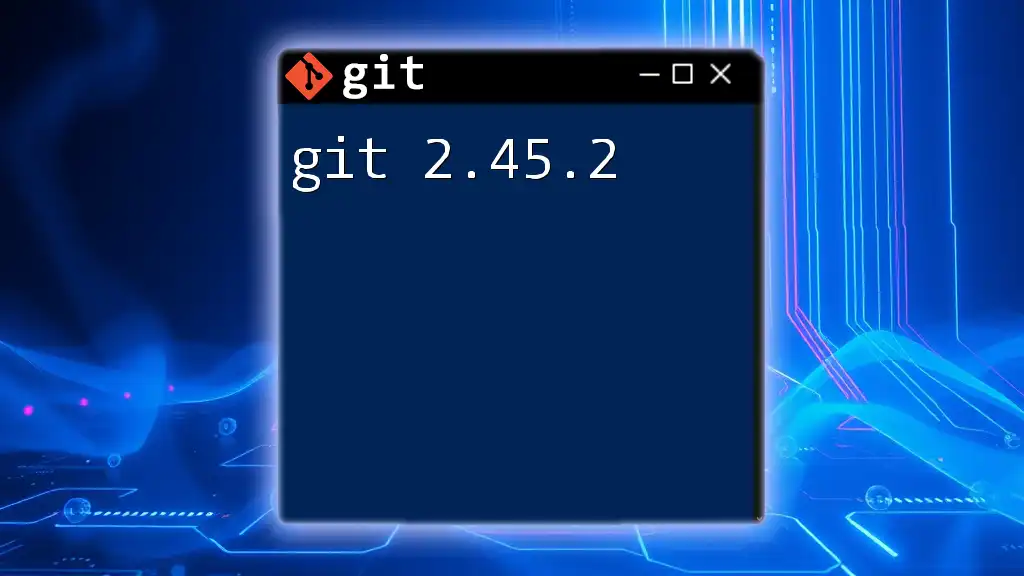
Getting Started with Git 2.45.1
Installation Guide
Installing git 2.45.1 is straightforward. Here are the steps to install Git on various platforms:
For Windows:
- Download the installer from the official Git website.
- Execute the installer and follow the prompts to complete the installation.
For macOS:
- You can install Git using Homebrew:
brew install git
For Linux:
- On Ubuntu:
sudo apt update
sudo apt install git
After the installation, verify that Git is installed successfully by running:
git --version
This command should return the current installed version, confirming the setup is correct.
Initial Configuration
Once Git is installed, setting up your environment is crucial. The first step involves configuring your identity, which is essential for tracking contributions:
git config --global user.name "Your Name"
git config --global user.email "your.email@example.com"
Understanding the difference between global and local configurations is crucial. Global configurations apply to all repositories on your machine, while local configurations are specific to individual repositories. It's a good practice to use local settings for project-specific information.
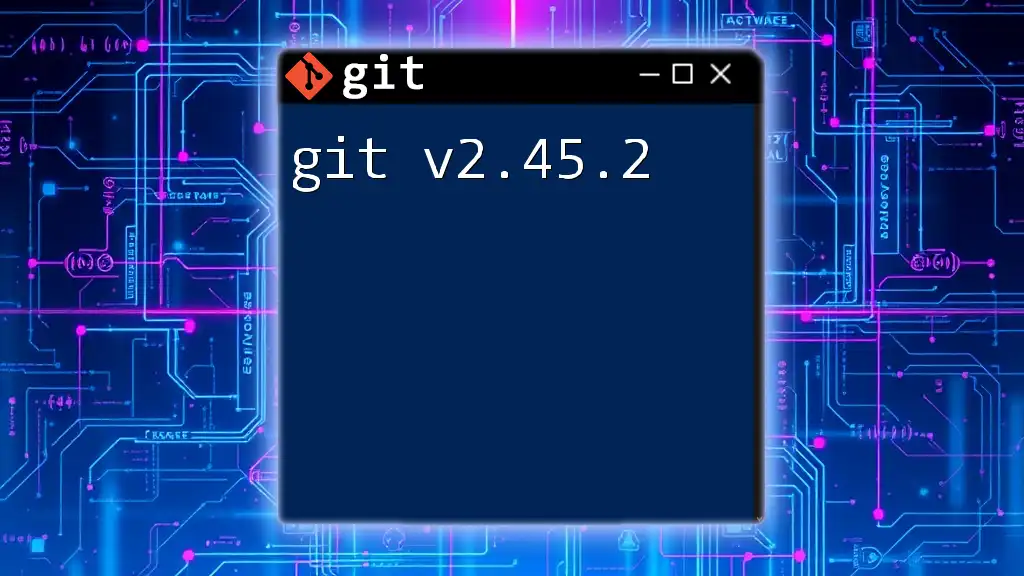
Core Git Commands in 2.45.1
Common Operations
Creating a new Git repository is simple and can be done in a new directory:
git init
In scenarios where you want to clone an existing repository, the command is as follows:
git clone https://example.com/yourrepository.git
Branch Management
A powerful feature of Git is its branching capability. You can create a new branch using:
git branch new-feature
To switch to this branch, use:
git checkout new-feature
Merging branches is straightforward as well. After making changes in your feature branch, you can merge it back into the main branch with:
git checkout main
git merge new-feature
Keep an eye on potential merge conflicts that might arise during this process. Having a good strategy for resolving them is vital for team collaborations.
Committing Changes
Understanding the difference between staging and committing is crucial for effective version control. To stage changes for a commit, use:
git add .
After staging, you can commit your changes with a descriptive message:
git commit -m "Add new feature"
Best practices for commit messages emphasize clarity and purpose. A well-structured message can provide context to your future self and other collaborators.
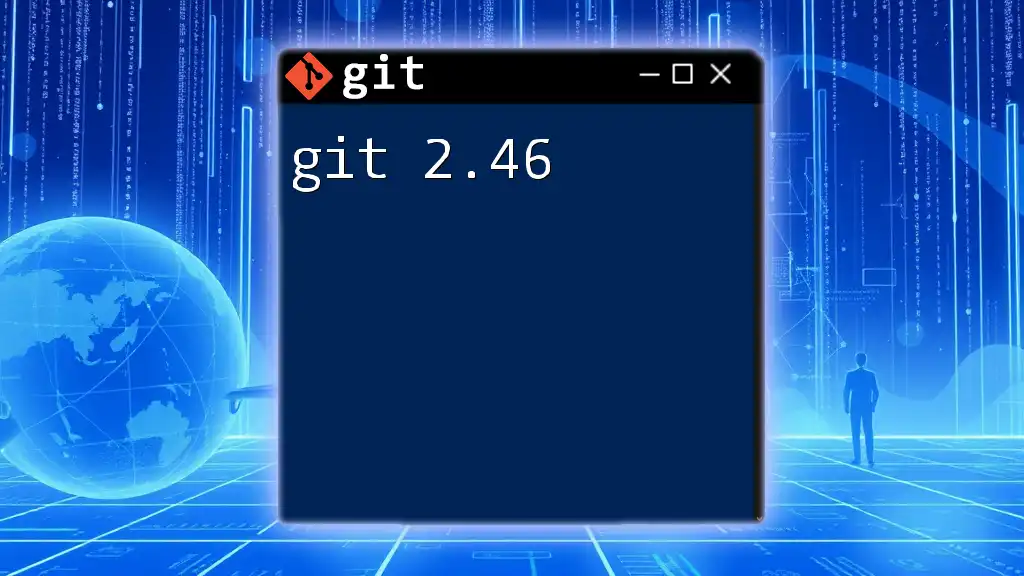
Advanced Features
Rebasing and Cherry-Picking
One advanced feature introduced in git 2.45.1 is rebasing. This command allows you to apply changes from one branch onto another base branch. It can simplify your commit history:
git rebase branch-name
Use rebasing cautiously, as altering commit history can lead to complex scenarios, especially in collaborative environments.
Cherry-picking offers another powerful tool for selectively applying commits from one branch to another without merging the entire branch. The command is simple:
git cherry-pick commit-id
This is particularly valuable if a feature or bug fix needs to be applied across multiple branches.
Hooks and Custom Scripts
Git hooks are scripts that Git executes before or after events such as commits and merges. They allow users to automate tasks and enforce policies. For example, a simple pre-commit hook can be configured to run tests before any commit is finalized.
Creating scripts for routine tasks can save time and improve workflow efficiency. An example might include a script that checks for syntax errors before pushing code.
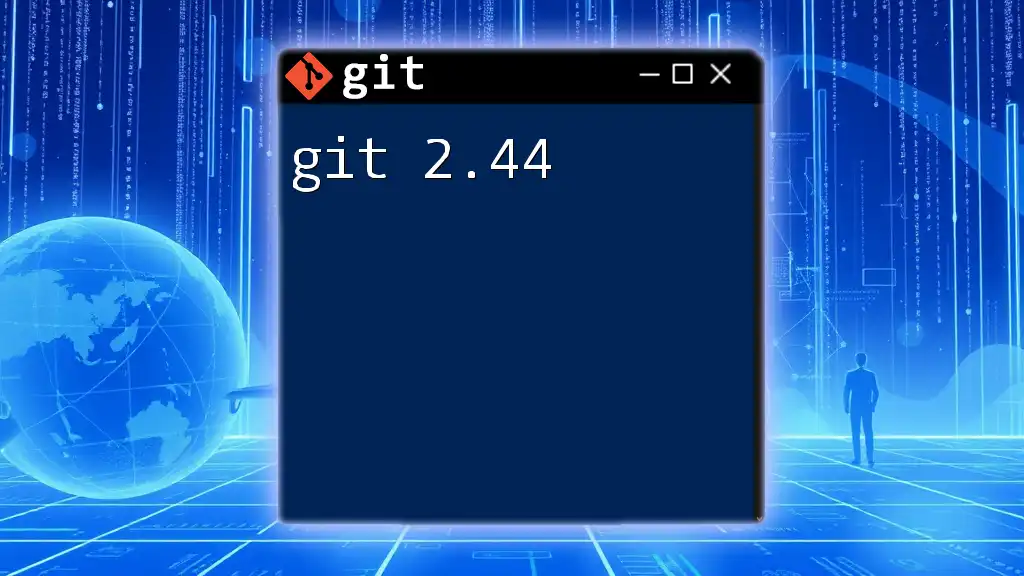
Troubleshooting Common Issues
Common Errors in Git 2.45.1
Merge conflicts are every Git user’s nightmare, but they can be resolved calmly. Understanding the conflict markers and strategies, like `git mergetool`, helps in reconciliation.
If you're warned about being in a detached HEAD state, it means you've checked out a commit that isn't at the tip of a branch. You can resolve this by creating a new branch or returning to an existing one:
git checkout main
Resources for Continued Learning
To deepen your understanding of git 2.45.1, the official Git documentation is invaluable. Make it a habit to consult the documentation when you encounter an unfamiliar command or behavior.
Joining the Git community through forums and discussion boards can also enhance your skills. Engaging with other Git users can provide insights and solutions to challenges you may face.
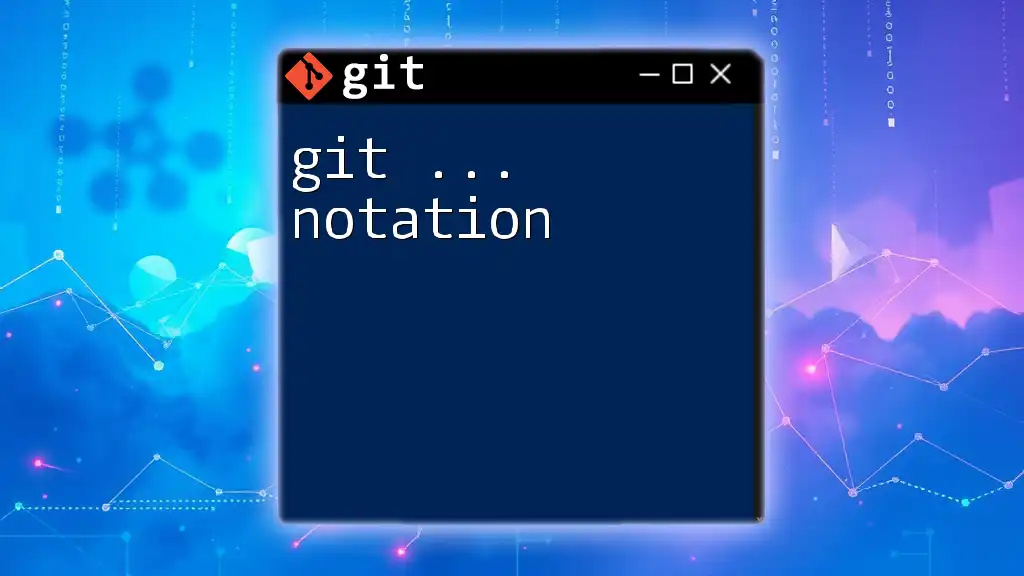
Conclusion
In wrapping up our exploration of git 2.45.1, we have highlighted its remarkable features, commands, and best practices that can aid developers in optimizing their workflows. Embrace these advancements and make a commitment to continuously explore the powerful capabilities that Git offers. Your development process will undoubtedly become smoother and sharper with these updates.
